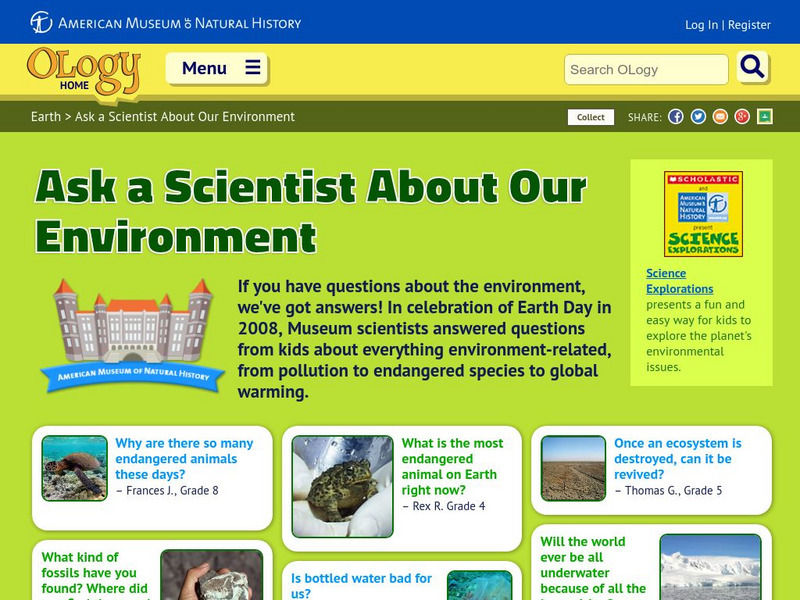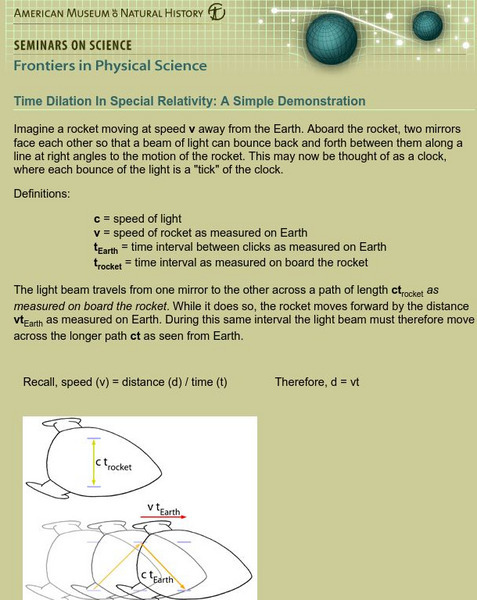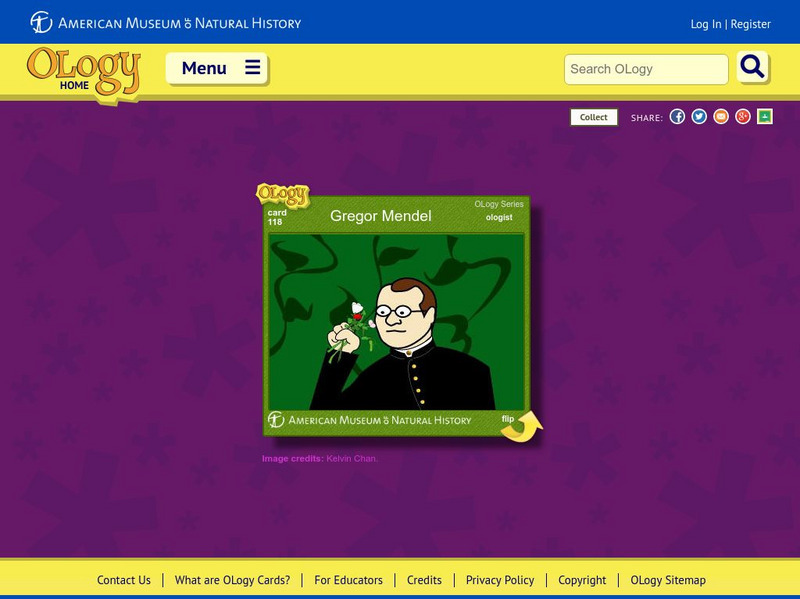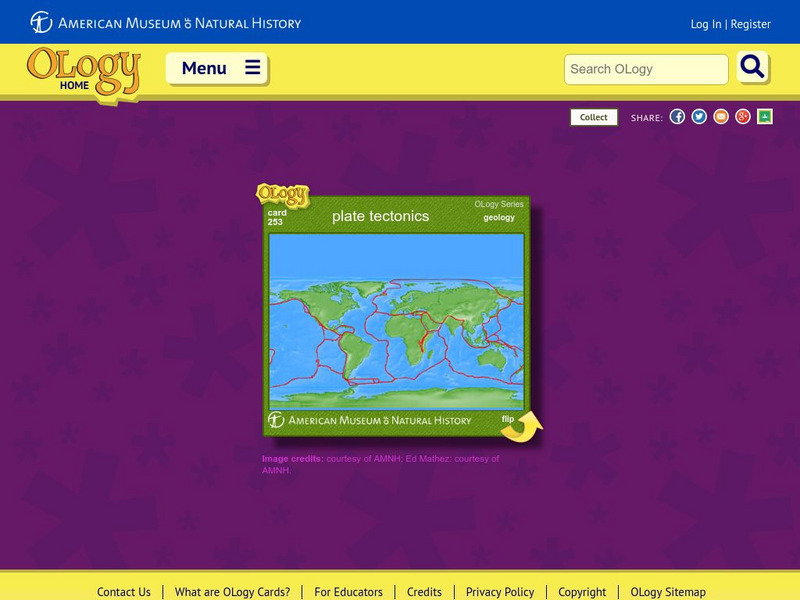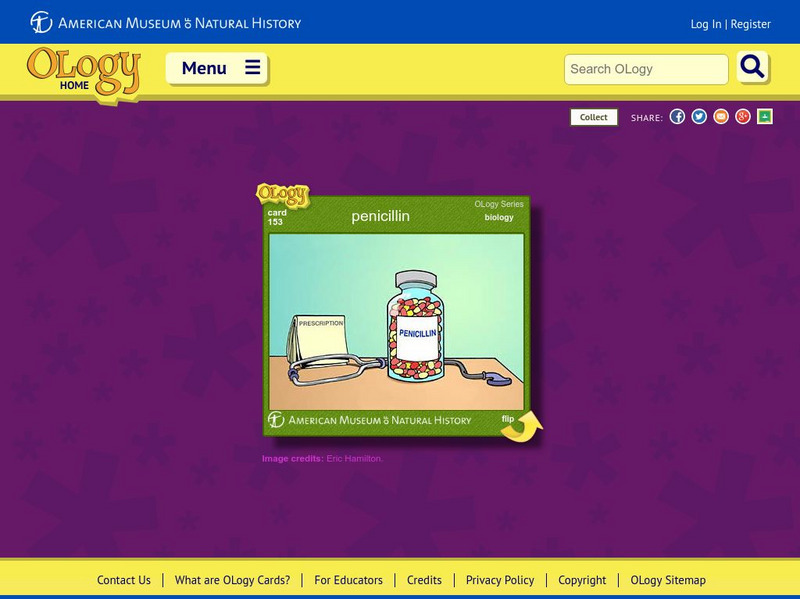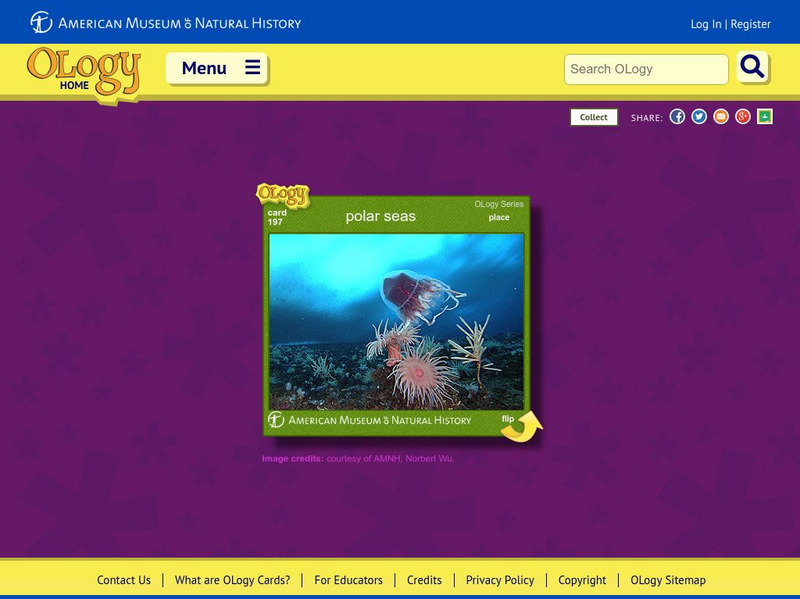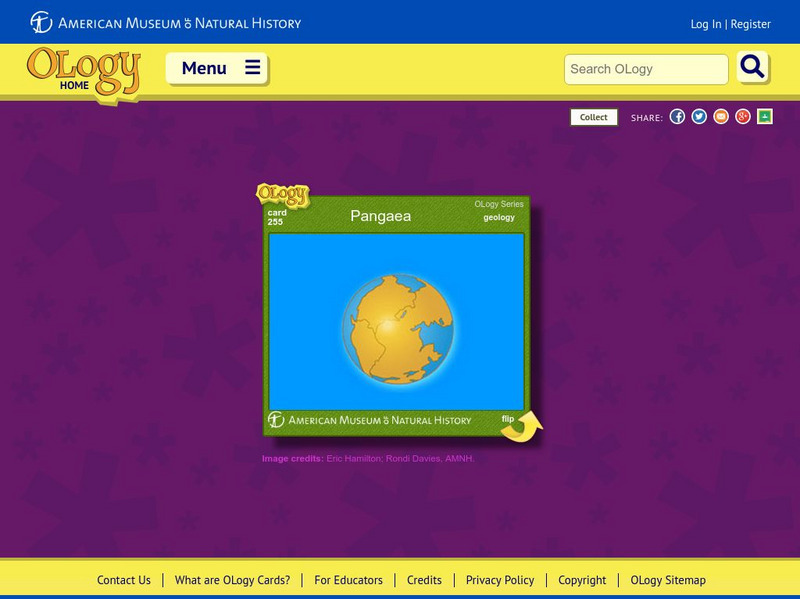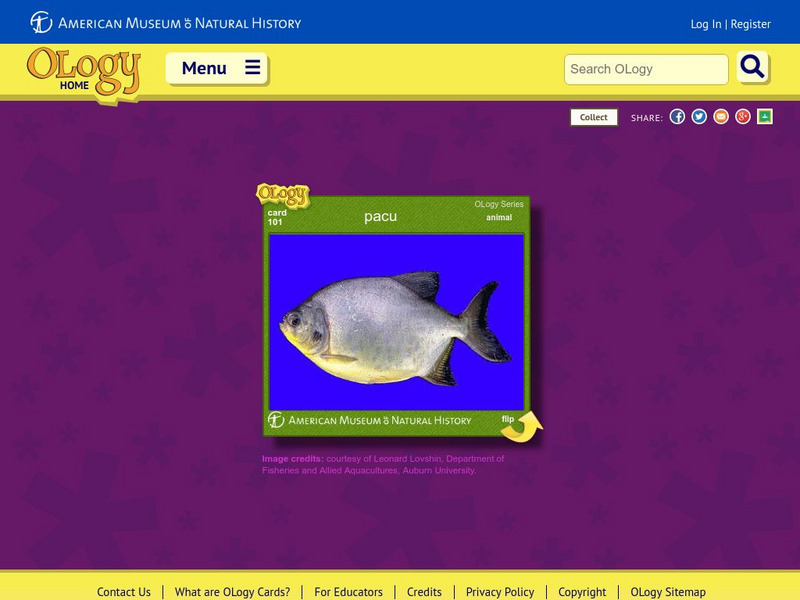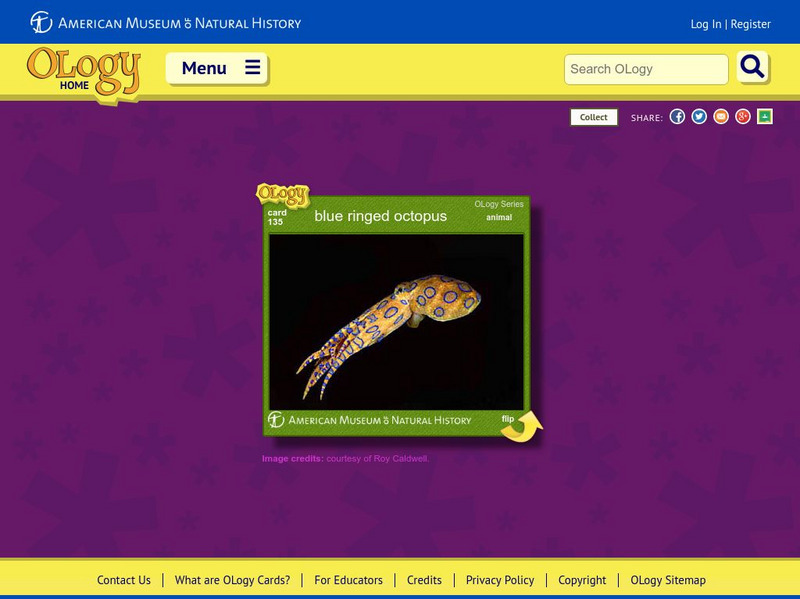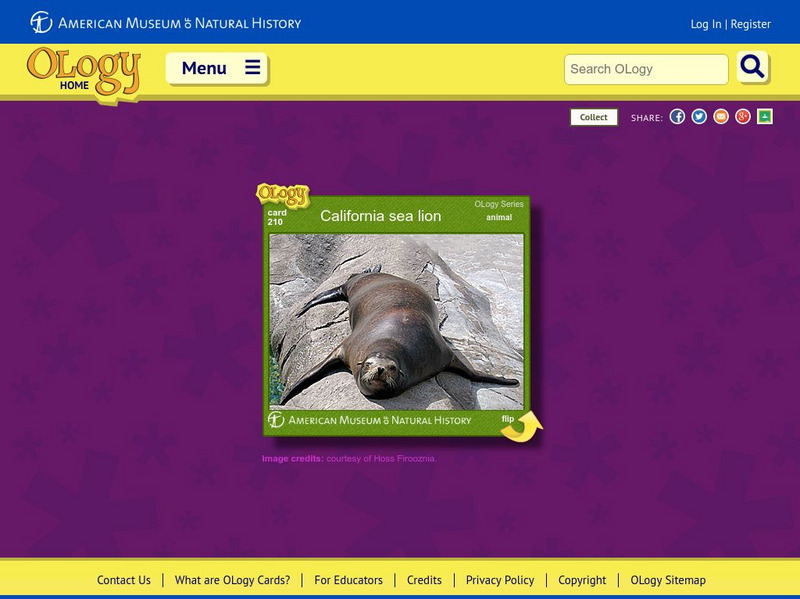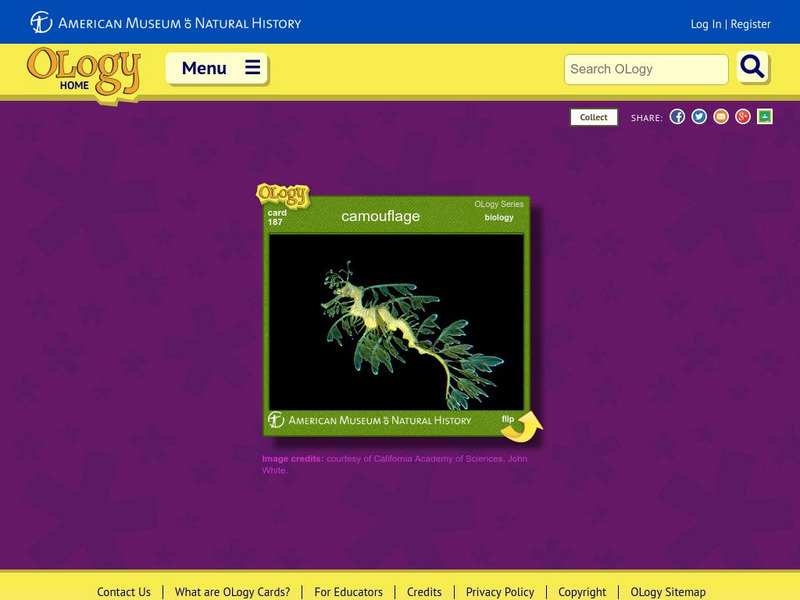Read Works
Read Works: If Rocks Could Talk!: Obsidian
[Free Registration/Login Required] This PDF passage "If Rocks Could Talk!: Obsidian" from the American Museum of Natural History features an interview with an igneous rock named Obsidian. It is part of a paired text with "If Rocks Could...
Read Works
Read Works: Volcanoes: Magma Rising: Studying Volcanoes
[Free Registration/Login Required] This two-page PDF nonfiction passage entitled "Volcanoes: Magma Rising: Studying Volcanoes" discusses how they study volcanoes to learn how they work. It is part of Paired Texts: "Volcanoes: Magma...
American Museum of Natural History
American Museum of Natural History: O Logy: Ask a Scientist
A browsable collection of environment-related questions posed by elementary- and middle-school students to the scientists of the American Museum of Natural History in honor of Earth Day. Great questions and great answers.
American Museum of Natural History
American Museum of Natural History: O Logy: Stuff to Do: Create a Coral Reef
Detailed instructions, with photographs for every step, for how to build a coral reef diorama.
American Museum of Natural History
American Museum of Natural History: O Logy: How Did the Universe Begin?
Bite-size introduction to two scientists-Hubble and Lemaitre-who played key roles in formulating the theory of the origin of the universe known as the big bang. Includes an interactive timeline on which you can plot out the approximate...
American Museum of Natural History
American Museum of Natural History: Resources: Time Dilation Equation
Using an example of light bouncing back and forth between two mirrors in a rocket, time dilation is explained in this resource. Step-by-step calculations using Einstein's time dilation equation are shown.
American Museum of Natural History
American Museum of Natural History: O Logy: Stuff to Do: Stargazing
Get started on the road to becoming an expert stargazer by following these recommendations for identifying stars, planets, and constellations. Includes an example of a journal that can be used as a record of your investigations.
American Museum of Natural History
American Museum of Natural History: O Logy: Stuff to Do: Make a Weather Station
Make a wind vane, rain gauge, and barometer and learn how to measure wind direction, rainfall, and air pressure.
American Museum of Natural History
American Museum of Natural History: O Logy: Stuff to Do: Atomic Mobile
Illustrated instructions for how to make a model of an atom (an atom mobile).
American Museum of Natural History
American Museum of Natural History: Gregor Mendel O Logy Card
Flip over this interactive OLogy card and start learning bite-size pieces of useful information about Gregor Johann Mendel.
American Museum of Natural History
American Museum of Natural History: Giant Squid O Logy Card
Flip over this interactive OLogy card and start learning bite-size pieces of useful information about the giant squid, including details regarding its 2006 discovery.
American Museum of Natural History
American Museum of Natural History: Plate Tectonics O Logy Card
Flip over this interactive OLogy card to find fast facts, questions and answers, and similar bite-size pieces of information about plate tectonics.
American Museum of Natural History
American Museum of Natural History: Penicillin O Logy Card
Turn over this interactive OLogy card and start learning bite-size pieces of useful information about penicillin.
American Museum of Natural History
American Museum of Natural History: Polar Seas O Logy Card
Flip over this interactive OLogy card and start learning bite-size pieces of useful information about the marine life that lives in polar-sea regions.
American Museum of Natural History
American Museum of Natural History: Paula Mikkelsen O Logy Card
Flip this interactive OLogy card to learn about zoology careers from zoologist Paula Mikkelsen.
American Museum of Natural History
American Museum of Natural History: Pangaea O Logy Card
Learn about the supercontinent known as Pangaea that broke apart into the continents that we know today. Answer questions when you finish reading.
American Museum of Natural History
American Museum of Natural History: Pacu O Logy Card
Flip this interactive OLogy card to find questions and answers, fast facts, and other bite-size pieces of information to help you understand important characteristics of the South American pacu, a freshwater fish.
American Museum of Natural History
American Museum of Natural History: Nature Versus Nurture O Logy Card
Flip this interactive OLogy card to find questions and answers, fast facts, and other bite-size pieces of information to help you understand the nature-versus-nurture debate.
American Museum of Natural History
American Museum of Natural History: Mosquitoes O Logy Card
Turn over this interactive OLogy card and start learning bite-size pieces of useful information about mosquitoes, such as their diet and physical characteristics.
American Museum of Natural History
American Museum of Natural History: Blue Ringed Octopus O Logy Card
Flip this interactive OLogy card to find fast facts, questions and answers, and other bite-size pieces of information about the blue-ringed octopus.
American Museum of Natural History
American Museum of Natural History: Brown Pelican O Logy Card
Flip this interactive OLogy card to find a definition, fast facts, questions and answers, and other bite-size pieces of information about the characteristics of the brown pelican.
American Museum of Natural History
American Museum of Natural History: California Condor O Logy Card
Flip this interactive OLogy card to start learning about the California condor. Review some fast facts about condors and answer multiple-choice and fact-or-fiction questions to test your understanding.
American Museum of Natural History
American Museum of Natural History: California Sea Lion O Logy Card
Flip over this interactive OLogy card and start learning bite-size pieces of useful information about the California sea lion, such as its habitat, diet, and physical characteristics.
American Museum of Natural History
American Museum of Natural History: Camouflage O Logy Card
Flip this interactive OLogy card to start learning about camouflage and the role it plays in helping animals survive.




